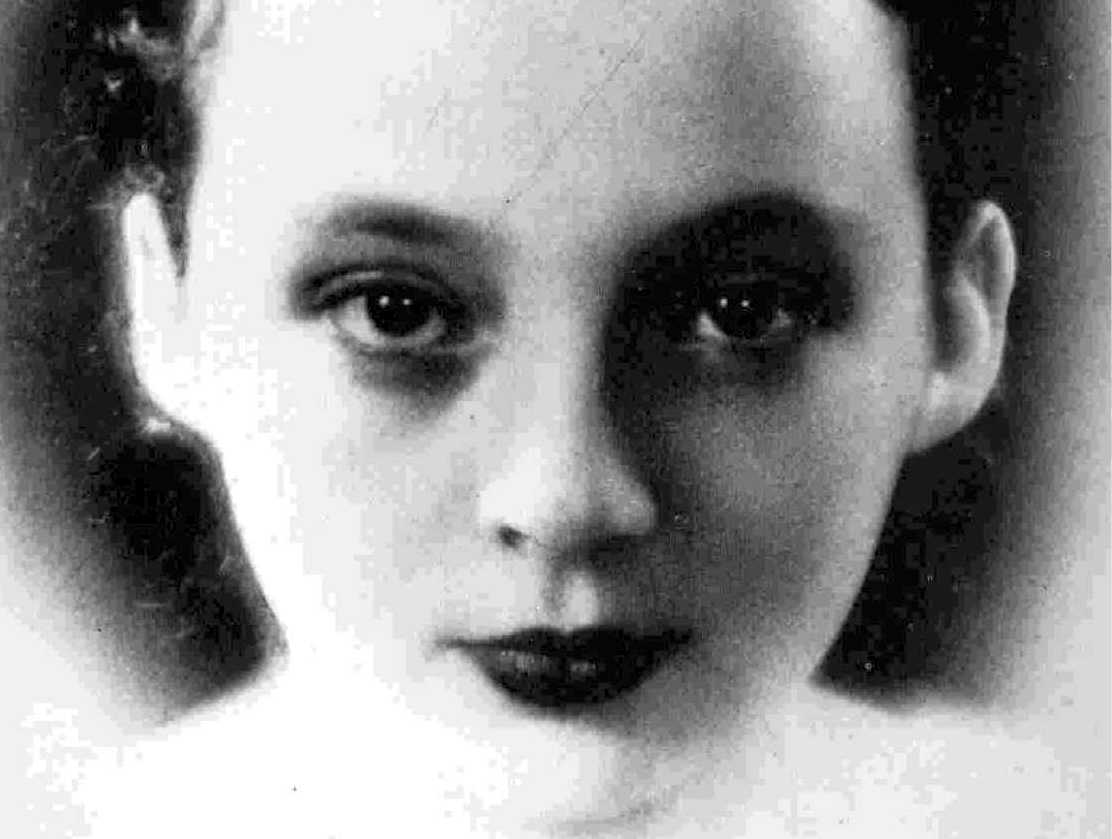

Her mother insists that she study mathematics, but she wants to be a writer. She is lost in a world between adulthood and childhood, a dream world, and a world of harsh realities. Her other brother is nice, but no match for the rest of the family. Her older brother is a layabout, spoiled by her mother.

She wants reassurance that her beauty is larger than one exquisite feature. She wants people to notice her eyes, her lips, certainly something other than her hair. She buys a man’s hat that is certainly eccentric for a young girl to wear in Saigon in 1929. People always comment on how beautiful her hair is which she interprets to mean that they don’t find her pretty. She has pretty hair, copper hair that spools down her back in waves of alluring movement. There are great spaces where you pretend there used to be someone, but it’s not true, there was no one.”

There are great spaces where you pretend there used to be someone, but it’s not true, there was no one.” The young Marguerite Duras She has pretty hair, copper hair that spools down her back in waves of alluring movement. These reviews analyze her genre choice and the method to her writing.***AWARDED THE 1984 PRIX GONCOURT*** “The story of my life doesn’t exist. Duras wrote The Lover as a way to self-discovery and in doing so she was able to stay objective. She leaves herself vulnerable for criticism by casting parts of herself as characters in her writing. In doing so, she also casts herself in each character in the book.įrom these reviews I am able to conclude that Duras was a daring writer. She puts herself in the shoes of each character in order to objectify herself. Duras uses The Lover a her road to self-discovery. However, “any question of the text’s “truth” (which might try to assert the narrative as fiction) fails to recognize that the text means to write about how Duras views herself, how Duras desires to relate her identity in the past as well as in the present”. When Duras uses “i” it is autobiographical, and when it is “she” it is fictional. The change between first and third person is described to be Duras’s way of differentiating between what was fictional and what was real. It also explains why the novel can not be called an autobiography without calling it fictional as well. Objectifying the Subjective: The Autobiographical Act of Duras’s The Lover by Laurie Edson and Jeffrey Staley, explains why The Lover is written in both first and third person. Morgan says, “ The Lover creates a distinctive style all its own.” It is a fluid mix of realism and fiction. The author, Janice Morgan, describes Duras’s writing in The Lover as a form of art. “Fiction and Autobiography/Language and Silence: ‘The Lover’ by Marguerite Duras,” gives credit to Duras and her creativity.

Leah Hewitt describes The Lover as, “a revelation of the author’s life or a simplistic, illusory explanation of her other works.” Another speaker argued that the novel could not be “purely” literary nor could it be “purely” referential. An unnamed speaker at a conference she attended a few years ago criticized the genre of being a literary fiction instead of an autobiographical work. Leah Hewitt’s writes about the criticism of The Lover that she hears at a conference. These reviews will provide the reader with other perspectives of The Lover. Lastly, Laurie Edson and Jeffrey Staley’s Objectifying the Subjective: The Autobiographical Act of Duras’s The Lover, describes the method to Duras’s madness and her reasoning to why she narrated the book the way she did. Leah Hewitt’s Autobiographical Tightropes: Simone de Beauvoir, Nathalie Sarraute, Marguerite Duras, Monique Wittig, and Maryse Condé, explores Duras’s use of autobiographical choice and compared her work to other french feminist writers and “ Fiction and Autobiography/Language and Silence: ‘The Lover’ by Marguerite Duras ” by Janice Morgan analyzes Duras’s writing style. The Lover by Marguerite Duras is a what most critics call autobiographical and fictional.


 0 kommentar(er)
0 kommentar(er)
